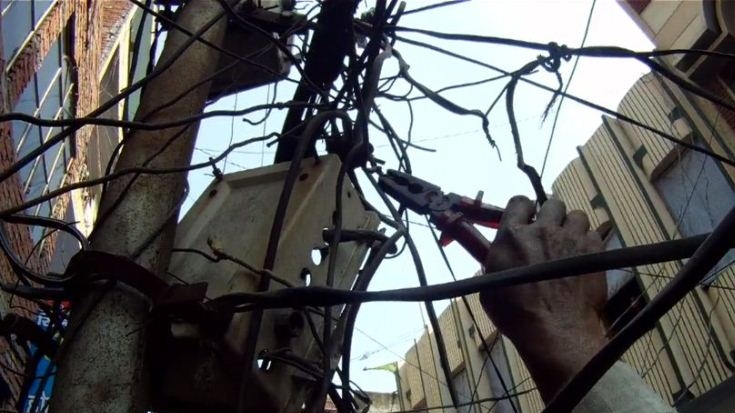New Delhi: India’s competitive edge has long been blunted by crippling power shortages. Almost all investment surveys point to frequent outages and unreliable power supply as critical impediments to economic growth.
To unleash the enormous potential of the country’s 1.2 billion people and forge a 21st-century nation, India’s new government is looking to bring power to all citizens by 2019 and provide 24/7 electricity.
The World Bank’s recent report on the power sector’s performance over the past two decades is therefore particularly timely. The report, More Power to India: The Challenge of Electricity Distribution commends India’s achievements since power sector reforms were initiated in the early 1990s, and particularly since the passage of the landmark Electricity Act of 2003, but highlights critical shortcomings.
“Two decades after the initiation of reforms, inadequate and unreliable power supply is a major constraint to India’s aspirations for middle-income status,” said Onno Ruhl, World Bank Country Director in India.
If distribution doesn’t work, the sector doesn’t work
Presenting the report’s findings to a group of India’s power experts in New Delhi, Sheoli Pargal and Sudeshna Ghosh Banerjee, the report’s co-authors, pointed out that while the country has made huge strides in generation and transmission, the distribution segment - where power reaches the final consumer and revenues are generated - has incurred mounting losses and is affecting the entire value chain. “If distribution doesn’t work, the sector doesn’t work,” emphasized Pargal.
This has led to a continued need for state support to distribution utilities and an undue reliance on commercial borrowing. By 2011, the sector’s total debt had reached a staggering US$ 77 billion— equivalent to 5% of India’s GDP.
The opportunity cost of state support is high. Had these funds not been preempted by power utilities, some 15,000 hospitals and 123,000 schools could have been set up in 2011. And, if the status quo persists, future projections look dismal.
Why is the distribution segment losing money?
The report underlines that distribution inefficiencies contribute more to losses than the fact that tariffs have generally lagged behind costs. “Some factors responsible for the staggering losses are well within distributors’ control,” noted Banerjee.
Poor planning often leads distributors to buy power at the last minute when prices are invariably high. Moreover one–fifth of the power they purchase is not paid for by end users; it is either lost due to inefficient operations and dilapidated infrastructure, or stolen by people tapping illegally onto power lines. Utilities also take unduly long to collect power bills, with collection times ranging between 21 days and one-and-a-half years.
“Ultimately the distribution segment’s poor performance can be put down to the fact that utilities are generally not run on commercial lines”, Pargal said. Despite corporatization, utility boards remain government-dominated and interference in operations is common.
And the operating environment has not pushed distribution utilities to improve: regulators lack capacity and do not hold distributors accountable for poor performance. Moreover, repeated bailouts have freed these utilities from the pressure to deliver.
A key factor outside the distributors’ control is that they are not fully reimbursed for the high costs of setting up rural power lines and supplying below-cost power to farmers and rural users. Although distributors are mandated to do this by the government, there is often a large gap between the payments due to them from the state and the amount they actually receive.
The growing cost of buying power from generating companies also adds to distributors’ losses. Inefficiencies in coal production and transportation – on which sixty percent of India’s power generation depends - have led to a sharp rise in the use of imported coal, which is 2 to 3 times more expensive than the domestic variety. Moreover, extensive bank borrowings to meet financial shortfalls have burdened utilities with soaring interest costs.

